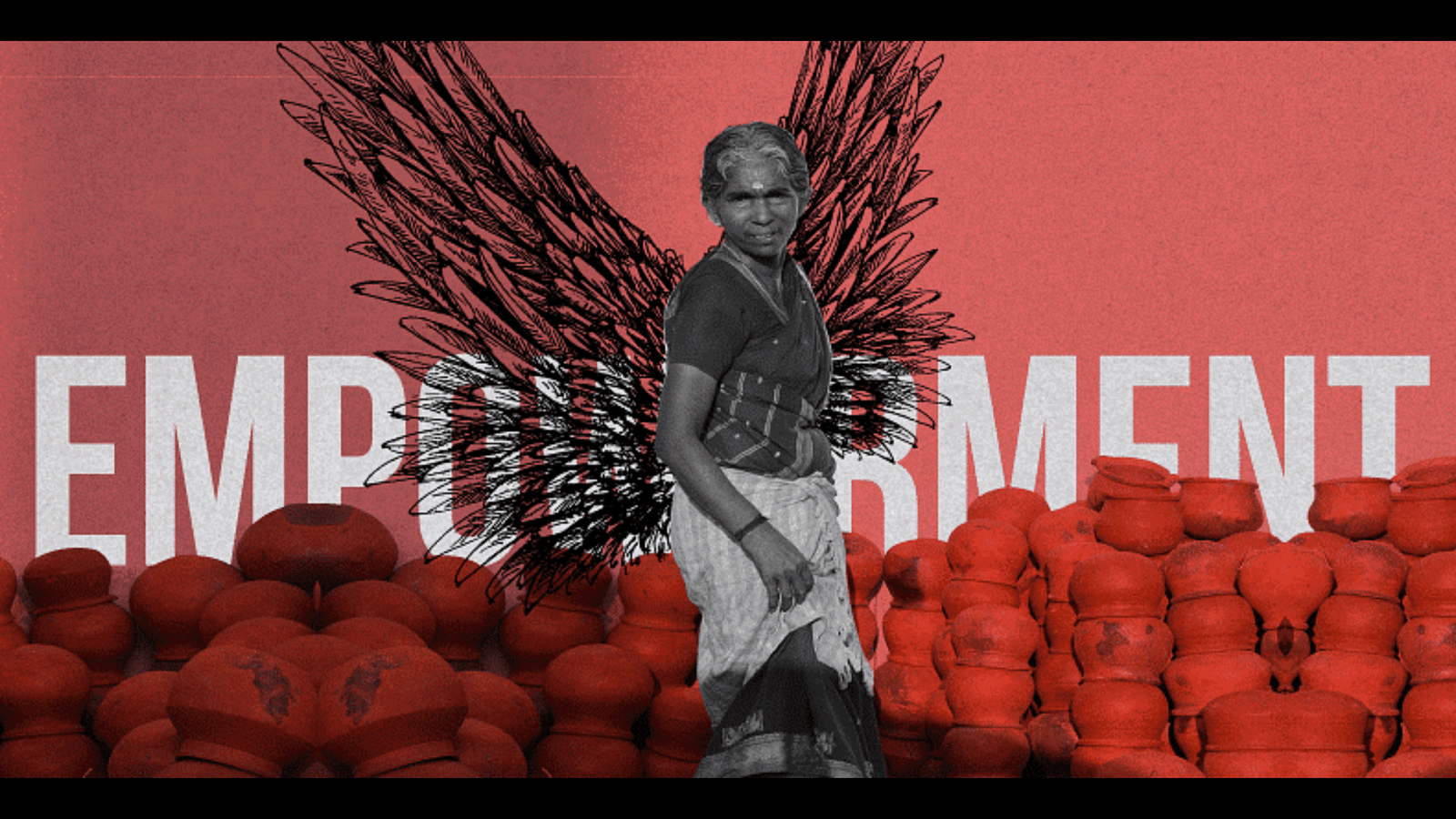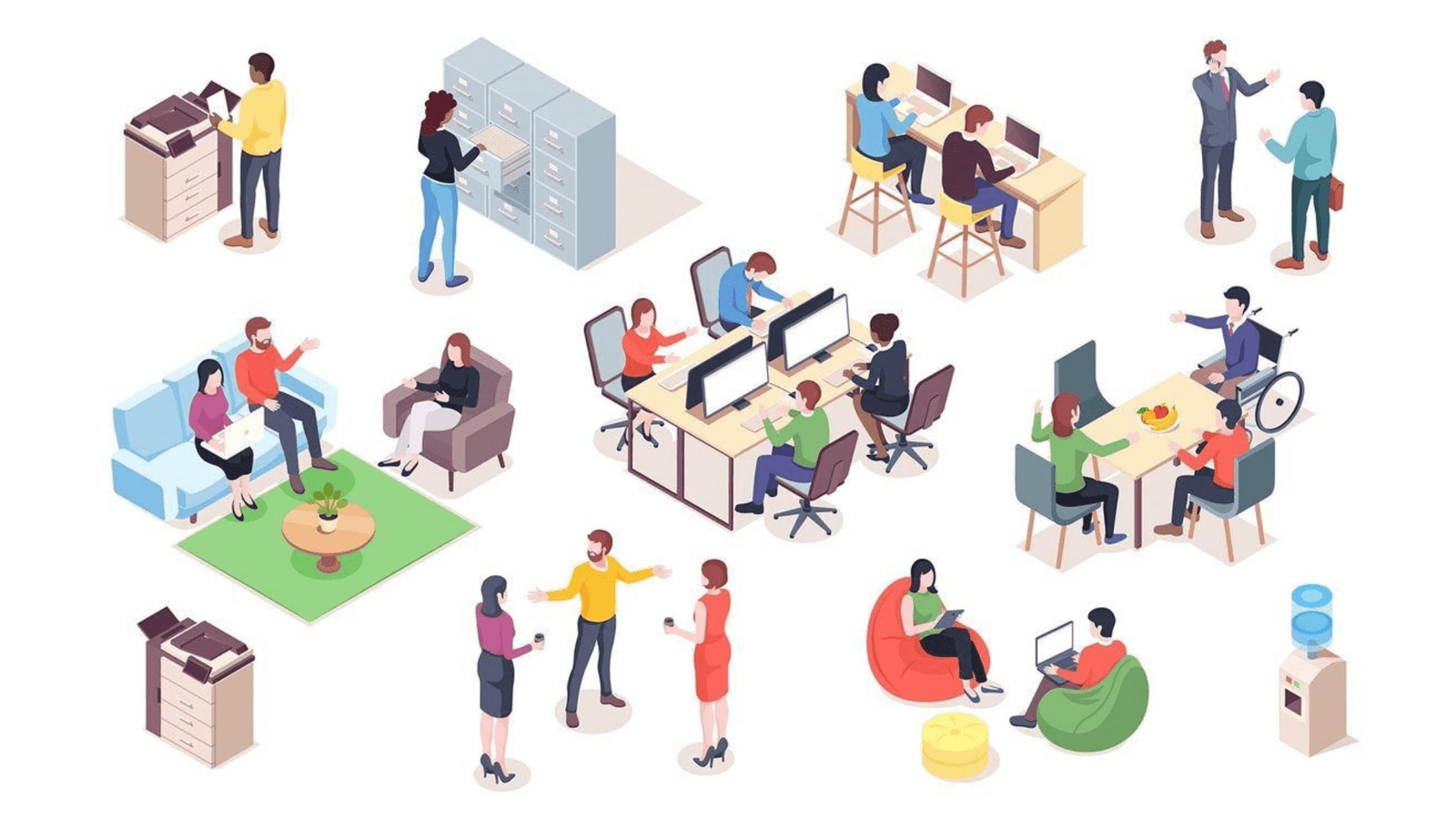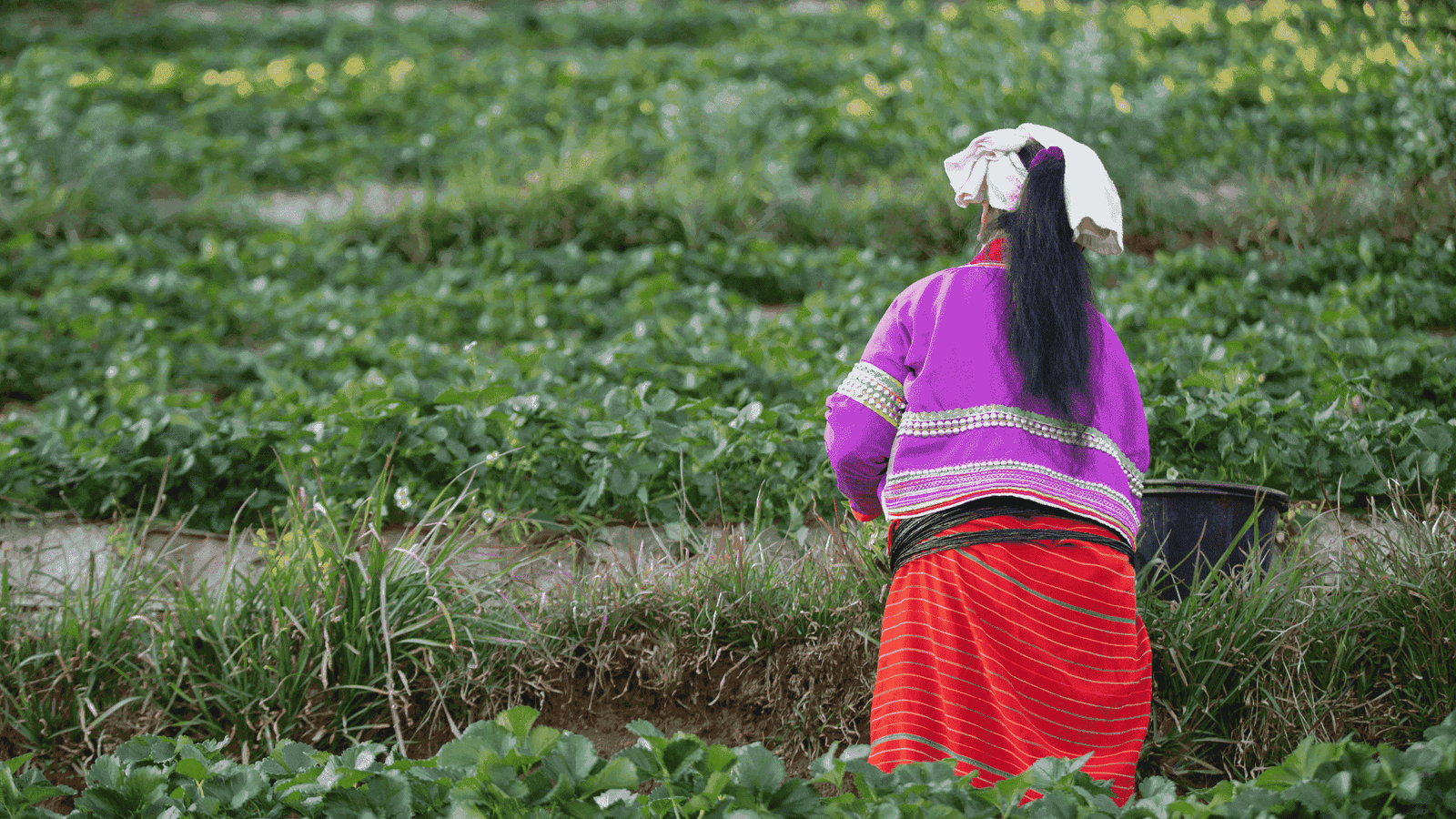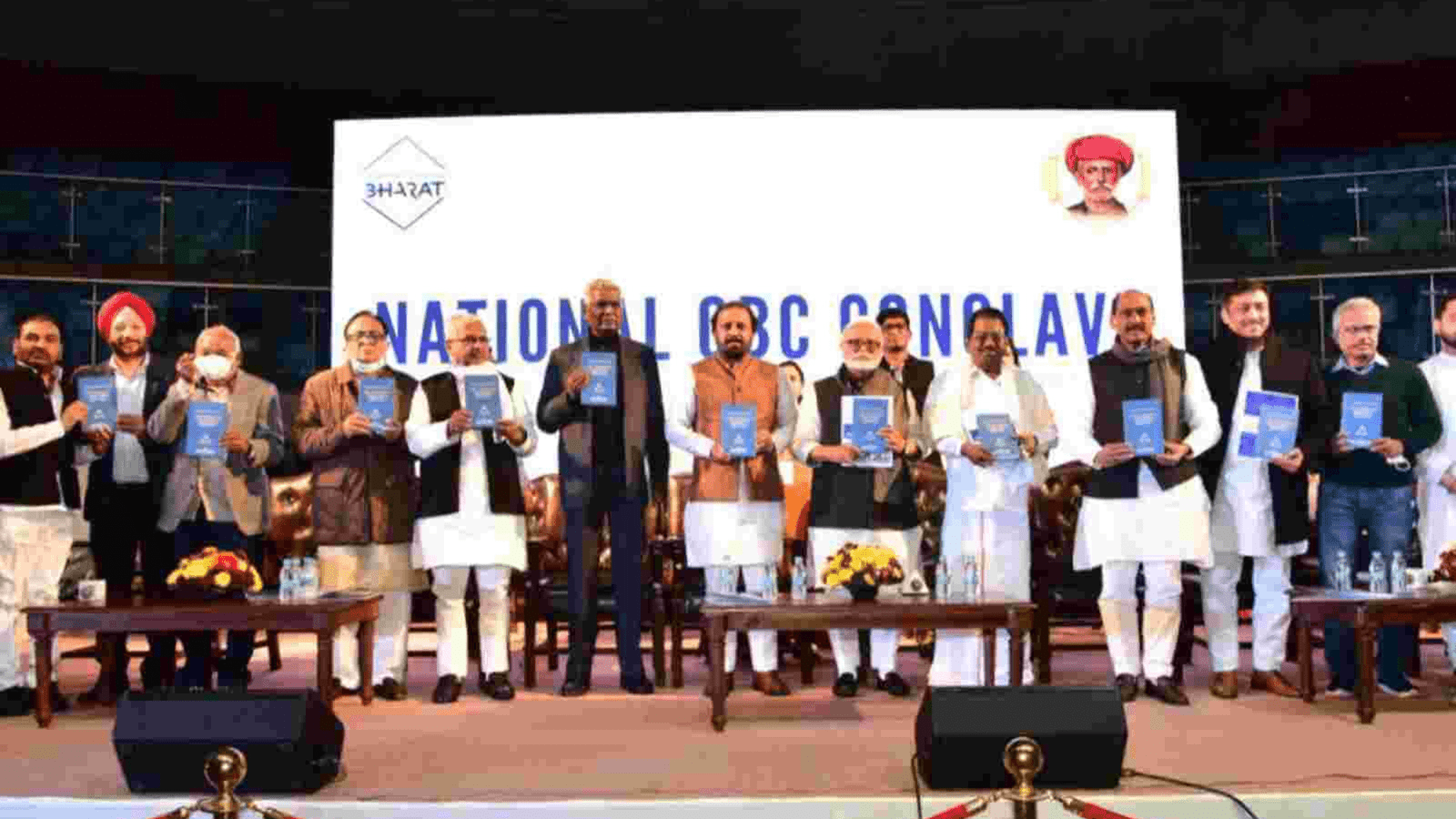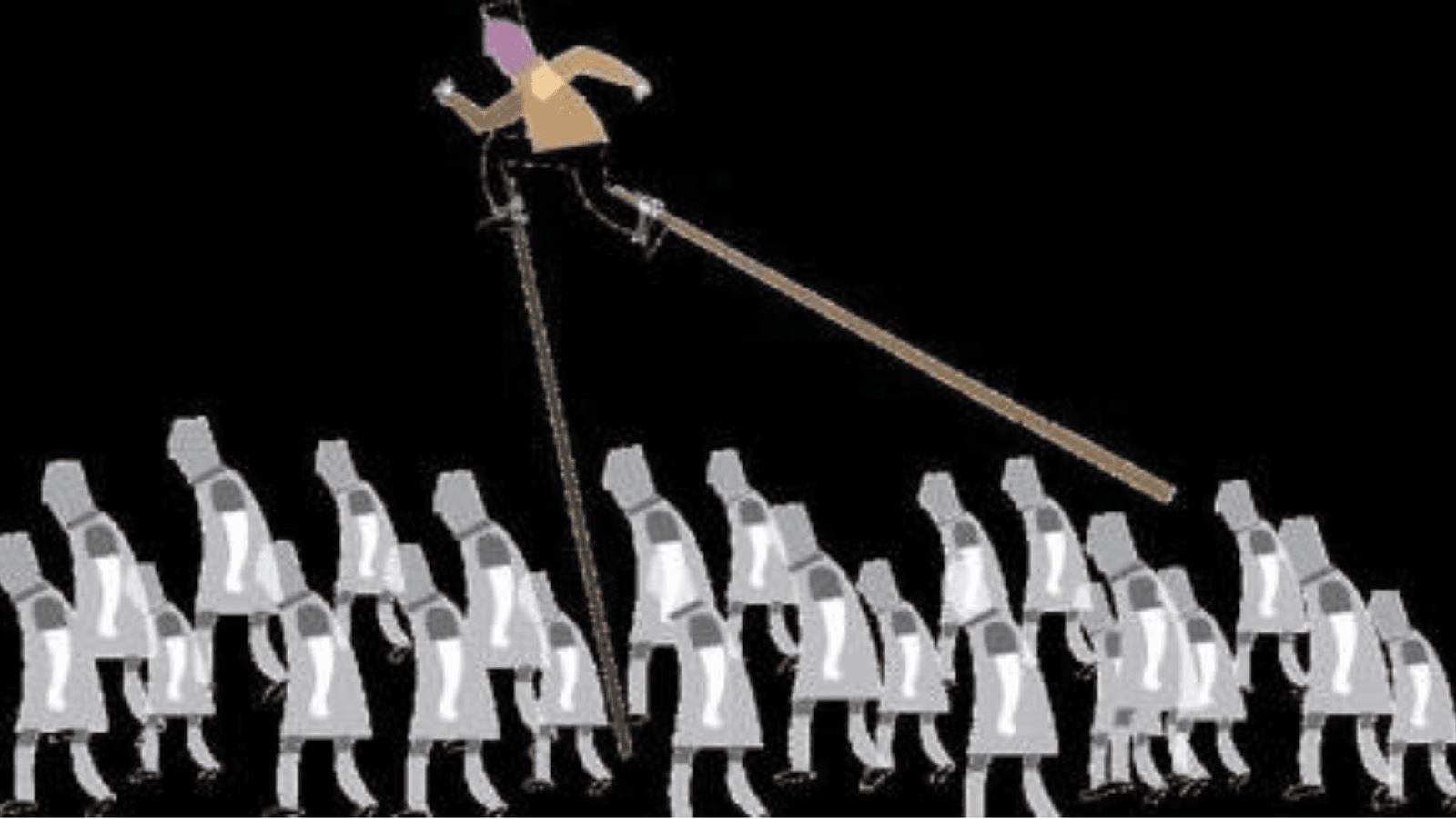
When we tell our children and grandchildren about 2020, we will talk about a time when we shut ourselves in our homes to keep the world and the pandemic out. Our only contact with friends and relatives was via the telephone, and we only ventured out for essential activities, that too during daylight. We covered our faces and passed people on the street, refusing to make eye contact.
Men will talk about this as a year out of time, but perhaps many women will say, this is how we lived anyway. The pandemic was the first time it was recognised as a problem. As we think of emerging from this isolation and resuming our social lives, can we make sure both men and women reclaim public spaces and that the new normal for women does not look like the old normal?
Statistics on women’s lack of access to public spaces are sobering. The India Human Development Survey of 2012 (IHDS), conducted by the University of Maryland and National Council of Applied Economic Research, revealed that 18 % of women respondents do not go to a kirana shop. A further 19 % would not go alone. A third of households relied only on men or children to do any grocery shopping. Only 11 % of rural women had ever attended a gram sabha. Barely 18 % had ever visited a metropolitan city, and an equal proportion had ventured outside their state.
Even before mask-wearing limited our ability to connect with the external world, it was commonplace for 60 % of Indian women who practise either the ghunghat or purdah. The telephone was already the lifeline connecting women to their support network — about a quarter of women respondents were unable to visit their natal families more than once a year. Part of this isolation may be because it is difficult for women to travel unless someone accompanies them; among the IHDS respondents, only half of them felt able to travel alone. Perhaps the pandemic-enforced isolation will increase our empathy for the substantial proportion of Indian women who have found themselves confined to their homes during the normal course of life. The challenge, however, lies in understanding what has caused this isolation and finding ways to address it.
A large number of studies have documented that women face sexual harassment as they venture outside the home. Fear of sexual harassment has negative societal consequences in many areas of life. In a research paper (using IHDS data), economist Tanika Chakraborty found that women are less likely to work away from home in areas where perceived sexual harassment of girls is higher. World Bank economist Girija Borker in a highly innovative study, found that despite having high marks, girls in Delhi University choose to attend lower- quality colleges to avoid sexual harassment while traveling to college.
What can be done to enhance women’s feeling of safety and to ensure their full participation in public life? Some of these are relatively simple — like improving lighting around roads, buses, and train stations. However, we also need to look to more creative solutions to create a critical mass of women in public spaces so that women don’t feel isolated and see safety in numbers. This may involve hiring women drivers and bus conductors, emulating Lahore’s pink buses, and expanding spaces allocated to women vendors in markets.
It also involves creating an environment where the whole society collaborates to welcome women into public life. This is not a one-way street, benefitting women alone. The Indian Independence movement offers an inspirational example of the synergy between the women’s movement and the nationalist movement. This intertwining won freedom for the nation while creating an obligation for an Independent India to deliver gender justice, resulting in the Hindu Code Bill that provided for monogamy, divorce, and inheritance rights for women. My research shows that MGNREGA, with equal pay for men and women, has played an important role in bringing women, who used to work only on family farms in the past, into paid work. Finding opportunities for women to participate in creating public goods, whether through special programmes designed for women or structuring existing programmes in a way that allows for enhanced participation by women can only be a win-win situation.
